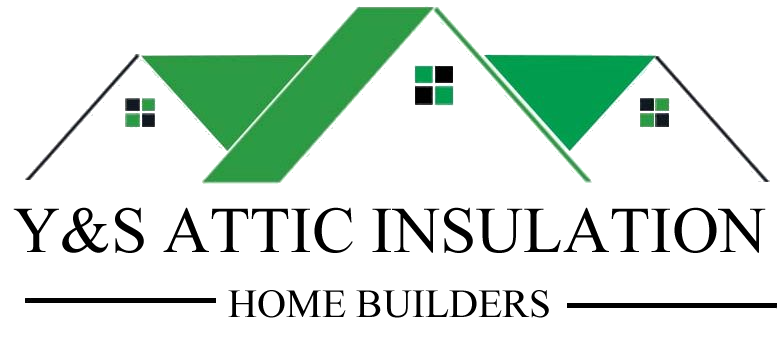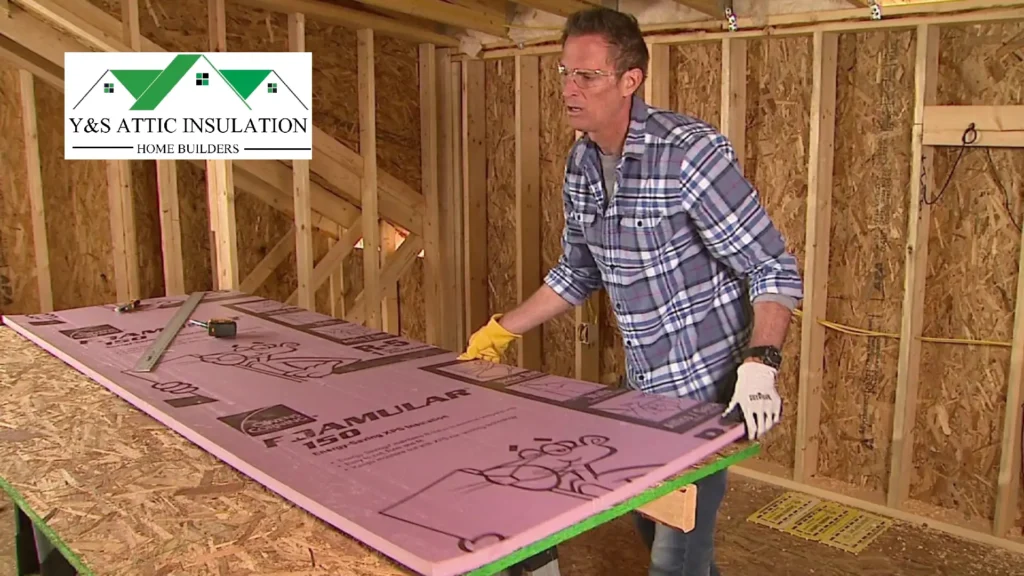Proper insulation installation is essential for ensuring your home remains energy-efficient, comfortable, and cost-effective. However, several common mistakes can occur during the process that may reduce the effectiveness of your insulation. Understanding these errors and how to avoid them can make a big difference in maximizing efficiency and long-term savings.
1. Failing to Seal Air Leaks
One of the most common mistakes during insulation installation is neglecting to seal air leaks. Even the best insulation won’t be effective if air is escaping through cracks and gaps around windows, doors, or the attic. Before installing insulation, it’s essential to seal any air leaks to prevent drafts and heat loss, ensuring your home stays energy-efficient.
2. Using the Wrong Type of Insulation
Not all insulation materials are suitable for every area of your home. Choosing the wrong type of insulation can lead to reduced efficiency and higher energy costs. Each space, whether it’s the attic, walls, or basement, requires a specific insulation material based on factors like moisture levels and temperature. Be sure to consult with a professional to determine the best insulation material for each area.
3. Inadequate Insulation Thickness
Another mistake in insulation installation is not applying enough insulation material. Insufficient thickness reduces its ability to retain heat and prevent drafts, leading to inefficient energy use. Ensuring that your insulation meets the recommended thickness or R-value for your climate zone is critical to maximizing its efficiency.
4. Gaps in Insulation Coverage
Inconsistent or uneven insulation coverage can create gaps where air escapes, defeating the purpose of insulation installation. Missing spots in your insulation can lead to temperature fluctuations and cold spots in your home. To avoid this, ensure the insulation is evenly applied and covers all areas, including tight spaces like corners and around wiring or pipes.
5. Compressing Insulation
Compressing insulation during installation can reduce its effectiveness. When insulation material is packed too tightly, it loses its ability to trap air, which is essential for proper thermal performance. To avoid this, ensure the insulation is installed loosely but fully fills the space, maintaining its thickness and air-trapping capabilities.
6. Neglecting Attic Ventilation
While installing attic insulation, many homeowners overlook the importance of proper ventilation. Adequate attic ventilation allows moisture to escape, preventing condensation, mold, and rot. Make sure to install vents that promote airflow while also ensuring proper insulation to maintain efficiency without compromising your home’s structure.
7. Skipping Professional Help
Many homeowners attempt insulation installation as a DIY project, but without the proper knowledge, mistakes are easy to make. Hiring a professional ensures that the insulation is installed correctly, preventing gaps, air leaks, and other costly errors. Investing in expert installation will guarantee maximum efficiency and long-term savings.
Maximizing Efficiency with Proper Insulation Installation
In short, avoiding these common insulation installation mistakes is key to ensuring your home remains energy-efficient and comfortable. By sealing air leaks, choosing the right materials, and ensuring even coverage, you can optimize your insulation’s performance, lower energy costs, and extend the life of your home’s heating and cooling systems.
Learn more about Insulation installation:
DIY vs. Professional Insulation Installation: What’s Best for Your Home’s Longevity?
How Proper Insulation Installation Lowers Energy Bills and Increases Comfort

